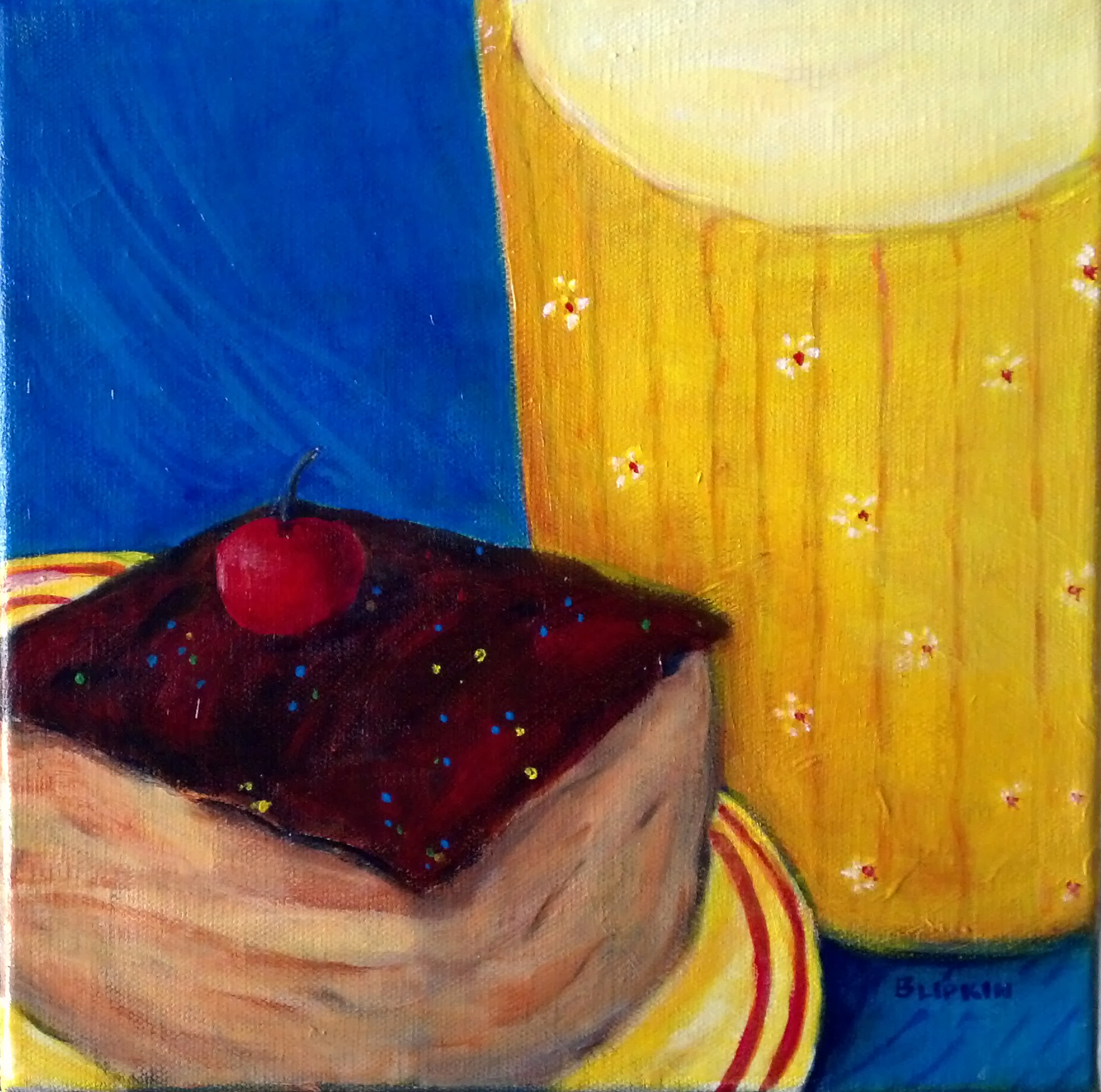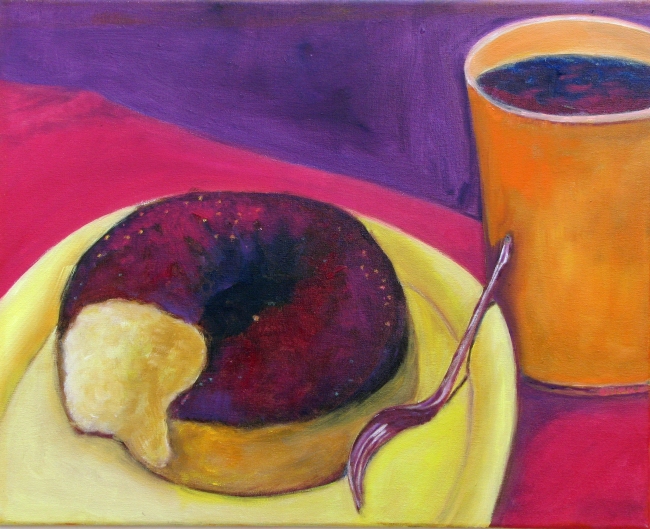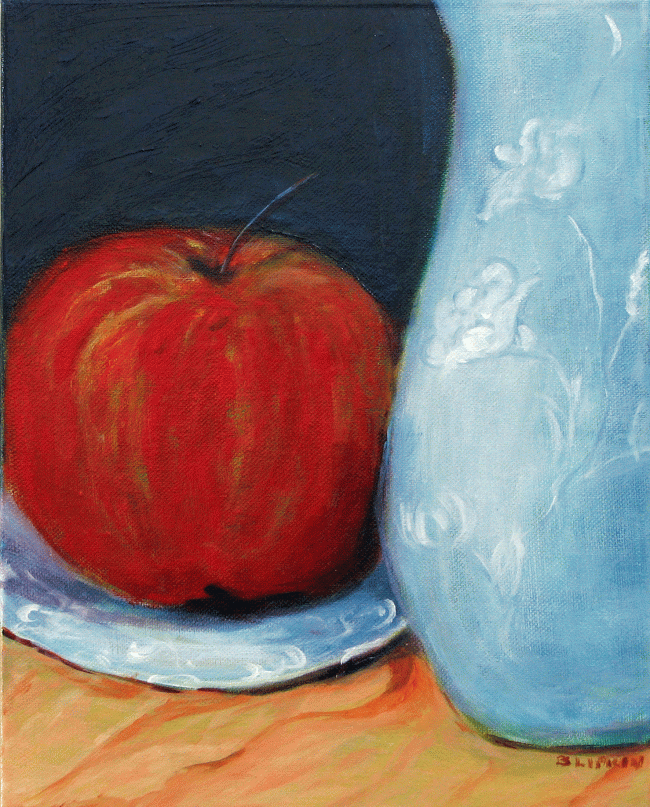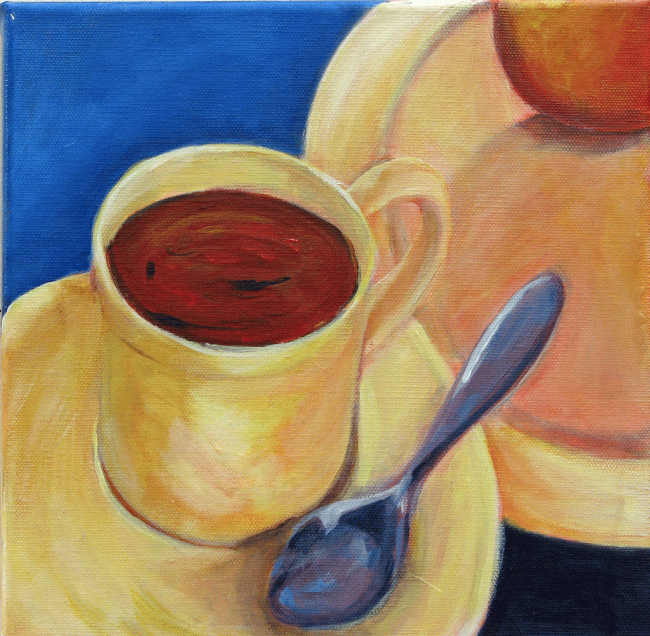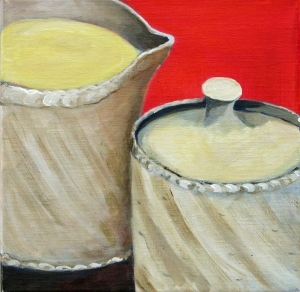
Creating a painting and crafting a novel have a lot of similarities in common. First, you have an idea, a sort of vague concept you’d like to explore. So you do a sketch or write a little story, just to see if the process takes you anywhere. You doodle around a little and more ideas happen. Eventually, you figure out a rough composition, so you pencil that in. Then you begin to fill in the blanks with solid color. You add shading. You scratch out some parts, move other parts, throw in some new ones. More shading, soften some edges, sharpen others. You stand back and look at it, trying to see it with fresh eyes even though you’ve been looking at it for ages already. You decide to let it sit a while and move on to something else.
A week later, you look at your project again, and now you can see things you didn’t see before. You do all this again and again, as many times as it takes. You add the darks. You stroke in the highlights. You correct errors. Finally, finally—you sign it! It’s done! Somewhere from out of the depths of—your mind? your heart? previous experiences you didn’t even know you remembered?—you’ve created a masterpiece, ready to present itself to the world and face the music. The orchestra rises! Ta-da!
I’ve been working on three projects simultaneously recently, one minor, two major (Yes, a musical metaphor. There’s a reason all these things are group together under the category of “Arts.”). I’m nearly finished with a small floral painting, A Shadowed Spring. It just needs some more of the darks and lights I spoke of earlier. My new novel, A Wonderful Good Morning, is in its 5th or 6th iteration and is coming along very satisfactorily. And my newest novel, Riva’s Journey, will be a fictionalized memoir told in the voice of my paternal grandmother.
“A Wonderful Good Morning” has had a number of titles. At one point, I considered, “A Novel in Search of a Genre,” but I decided that would just confuse people. It’s a little bit of a mystery, but really fits somewhat better into the category of Science Fiction, although it’s a lot of fiction and not much science. There’s also some romance, because what’s a novel without romance?
Riva’s Journey is still in the R & D stage. I’ve drafted an outline and an opening chapter, and gathered a lot of facts. I’m figuring it will take me a good year or so to turn this all into a novel of historical fiction. I’m finding the project fascinating and I hope to do my grandmother justice with it. I hope, if she’s watching from somewhere up above, she approves.
So—art in the time of coronavirus isn’t a lot different from ordinary life, even though in other respects, my life, like everyone else’s, is sort of on hold for the duration. Still, the experience of this pandemic is coloring my work, as I’m sure it’s coloring the work of all artists right now. The next several years will undoubtedly see an explosion of corona-inspired creations. It should be interesting.



